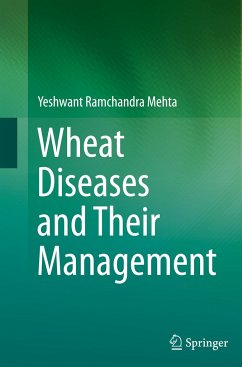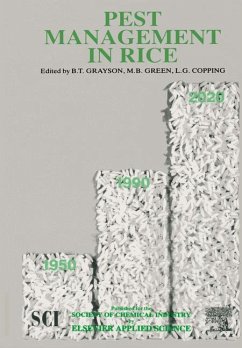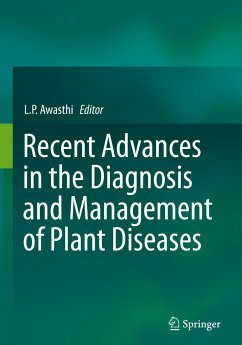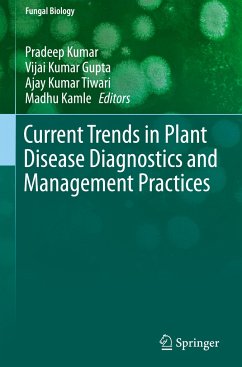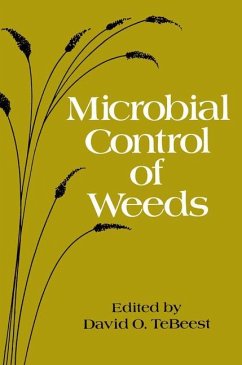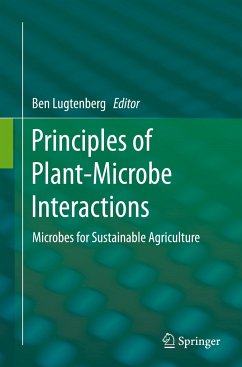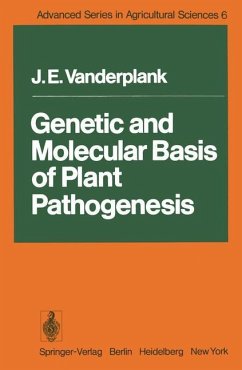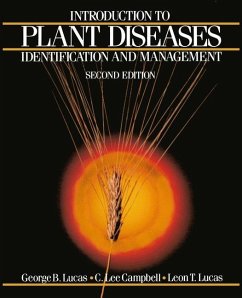
Introduction to Plant Diseases
Identification and Management

PAYBACK Punkte
20 °P sammeln!
Every year we see a remarkable increase in scientific knowledge. We are learning more each day about the world around us, about the numerous biological organisms of the biosphere, about the physical and chemical processes that shaped and continue to change our planet. The cataloging, retrieval, dissemination, and use of this new information along with the continued development of new computer technology provide some of the most challenging problems in science as we enter the Information Age. With the explosion of knowledge in science, it is especially important that students in introductory co...
Every year we see a remarkable increase in scientific knowledge. We are learning more each day about the world around us, about the numerous biological organisms of the biosphere, about the physical and chemical processes that shaped and continue to change our planet. The cataloging, retrieval, dissemination, and use of this new information along with the continued development of new computer technology provide some of the most challenging problems in science as we enter the Information Age. With the explosion of knowledge in science, it is especially important that students in introductory courses learn not only the basic material of a subject, but also about the newest developments in that subject. With this goal in mind, we have prepared a second edition of Introduction to Plant Diseases: Identification and Management. We prepared this edition with the same general purpose that we had for the first edition - to provide practical, up-to-date information that helps in the successful management of diseases on food, fiber, and landscape plants for students who do not have a strong background in the biological sciences. We included new information on (1) the precise identification of diseases and the pathogens that cause them, (2) the development of epidemics of plant diseases, (3) the application of biotechnology in plant pathology, (4) the use of alternative methods of crop production and disease management that help protect the environment, and (5) diseases that have become more important since the first edition was published.






